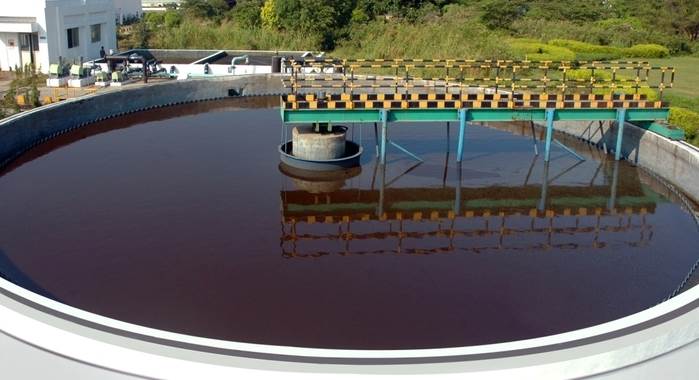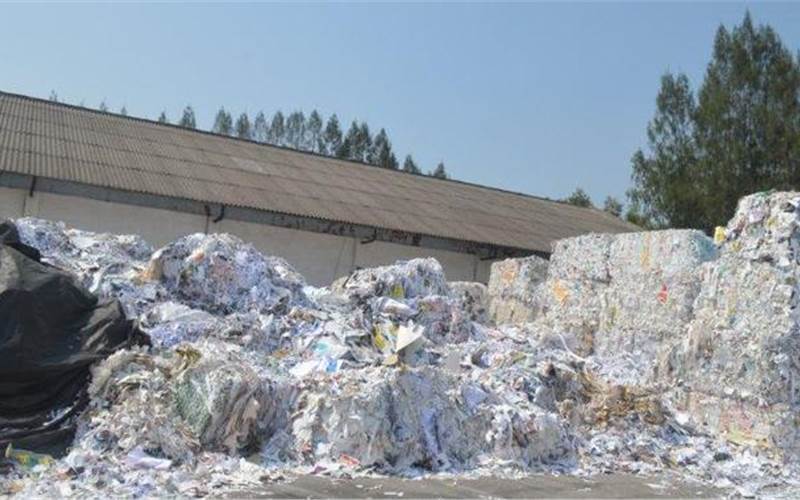How green is my waste
There are mixed attitudes about zero waste to landfill within the Indian print industry. While the idea is met with enthusiasm from all corners, actually achieving zero waste status can be quite a challenge. Hazardous wastes, mixed polymers and labels continue to present problems – overcoming them will require a step change in thinking for many printers
12 Feb 2018 | By Priya Raju
Waste was in the news when the Supreme Court warned the Centre for dumping "junk" before it in an 845-page affidavit containing incomplete information about solid waste management across the country saying that the top court is not a "garbage collector".
The scathing remarks by the apex court, which was hearing a matter related to the implementation of Solid Waste Management Rules 2016 across the country, came when the Centre's advocate proposed to file the affidavit in the court.
The problem of waste is massive
In India, the amount of waste generated per capita is estimated to increase at a rate of 1%-1.33% annually. It is estimated that the total waste quantity generated in by the year 2047 would be approximately about 260 million tonnes per year. The enormous increase in waste generation will have impacts in terms of the land required for waste disposal. It is estimated that if the waste is not disposed off in a more systematic manner, more than 1400 sq. km of land would be required in the country by the year 2047 for its disposal.
The Indian print industry has to adhere to the norms prescribed by the Municipal Solid Wastes (Management and Handling) Rules, 2000 as well as the Supreme CourtGuidelines for solid waste management.
But as one print CEO that PrintWeek India spoke to said, "The multiple agencies responsible for the solid waste management and lack of clear-cut responsibility on any one agency and lack of funds with municipal authorities are the various reasons for this mess.The state pollution control boards should be made responsible for this arrangement instead of their present role of the only arm-twisting the local authorities."
Paper, pallets and inks
Paper is the biggest wastes produced by the print industry. These days, it is the easiest to deal with. It’s taken to a recycling facility, washed, pulped and remade into the new paper in a range of qualities. Where once card and paper grades had to be carefully sorted and separated to ensure optimal recyclability, there exists technology that makes it feasible for recycling mills to use a mix of paper types, which has made waste management easier for all concerned – although some grades, such as best white, remain a high-value material, so many waste management companies will deal with this separately.
Dealing with wooden pallets is equally simple. After shredding, they are either remanufactured into chip and fibreboard or find a new purpose as animal bedding, footpath material or as biomass – a source of renewable energy. Aluminium plate recycling is similarly straightforward, and particularly vital, as it’s a material that can be recycled continuously without losing its useful properties. After cleansing, it’s put through a melting process and turned into blocks (ingots), which are ready to be repurposed, often by the motor industry or by other plate manufacturers.
Likewise, ink and solvents which were once the bane of waste managers’ lives are finding a useful purpose, thanks in part to keen markets overseas. The best-case scenario involves an ink recovery process of filtering and reconditioning that results in high- quality black inks, whereas at the other end of the spectrum, a solidification treatment using lime or fly ash turns the liquid into ‘cakes’ that can then be used in energy-from-waste facilities. Some solvents can also undergo a biological treatment where bio-digestion turns them into an inert sludge, which can be safely returned to watercourses.

Effluent clarifier tank at Huber
Conclusion
If you are just starting off, then PrintWeek India suggests five basic steps for managing your waste
A. Daily department-by-department garbage collection
B. Waste segregation
C. Garbage lifting and transportation
D. Employment (don't make it a voluntary service)
E. Awareness building among your team about hygiene and cleanliness













 See All
See All